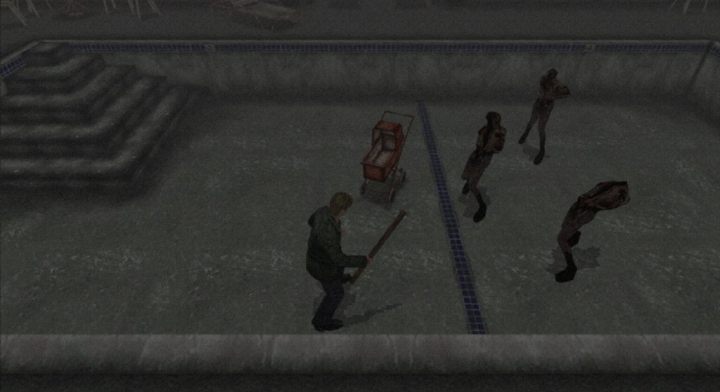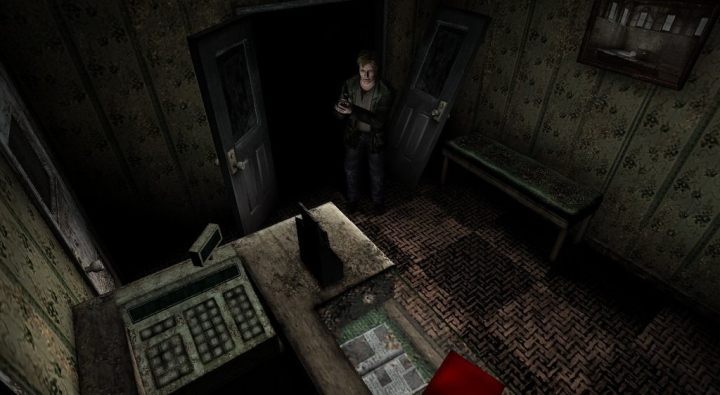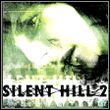I can’t tell you to remember me, but I can’t bear for you to forget me. How Konami buried two dev teams in Silent Hill

- Studios Slaughtered by Silent Hill
- I can’t tell you to remember me, but I can’t bear for you to forget me
- This town is full of monsters!
- You promised you’d take me there again someday... but you never did
I can’t tell you to remember me, but I can’t bear for you to forget me
Ready for challenges, Hijinx Studios, which had never dealt with remasters before, receives the final code and the necessary assets, textures and objects present in both productions, from Konami. The Japanese declared that these materials had been preserved after the release of both games on PlayStation 2, so they were free of errors and polished as much as possible.

American devs, however, after delving into them, quickly discovered that something was wrong. The dark reality of the town James and Heather visit becomes a perfect metaphor for the situation in which the studio found themselves. The files obtained from Japan were quite obviously not the final versions of both games. They were full of errors and gaps, which clearly indicated that the record came from some stage of the work by Team Silent prior to the release of the original. No one was able to say how much more effort the developers had put in to bring the games to the shape in which they arrived on store shelves.
In an interview with Jordan Leendertsen of Rely On Horror, an anonymous informant describes the situation as follows:
Once the project kicked off, Konami provided the source assets that had been archived after the original release on PlayStation 2. These were the only assets available, and as far as we knew going in, the completed final code. However after digging into the code and assets, it was obvious these were not final. Whoever archived it must have done it before final submission, or worked with incomplete data, nobody really knows by virtue of it being so long ago. Needless to say, there were many unfinished elements.
The studio asked Konami for other surviving versions, highlighting their issues. The answer was surprising. It turned out that Konami did not have any other record of the project. Whatever came of these files later was forever lost. The scale of the challenge facing Americans was growing exponentially.
The studio owners had enjoyed an excellent relationship with Konami thus far and were not going to spoil it. Withdrawing from the project was not an option. They took up the gauntlet, ambitiously assuming the development of a version that would actually meet the standards of an HD remaster, with textures of appropriate quality, music in surround format, and stable animation speed. Achieving this goal takes a lot of work. All the music in the game must be renewed and the designers have to create the missing textures and objects from scratch, trying to fit them into this unique world.
The complexity of the project and the number of necessary tasks translate into a much longer development process. Not how Konami had imagined it. Again, let's give the floor to an anonymous informant:
I imagine Konami management saw this as a very quick and painless way to make some money while HD Remasters were popular. It was meant to be one of the first third party collections (Sony had done several early on) but ended up taking much longer. The intended schedule was a few months, but by the end we spent more than a year on the project.
So, the initial assumptions about the month of madness in October brought to us by Silent Hill seem increasingly unrealistic. Luckily for Hijinx Studios, two other producers also have their own problems. Konami has no other choice. They have to postpone the releases of all three games for a few months. A new date is set – March 2012.
Americans fight bugs and try to put together all the pieces of this complicated puzzle. It's like walking through a minefield. Each step is associated with risks and can result in a new portion of problems. It's not even about achieving the effect worthy of the HD letters in the title, but about bringing its components to a state in which they will even be playable at a solid level.

To make matters worse, there's also the issue of dialogues that Japanese decision-makers decided to re-record, burdening Hijinx with even more problems. This time, the Americans have to manage matching the animations and facial expressions of the characters to the new lines spoken by the actors, which, with limited resources and possibilities, is a breakneck endeavor. No chance of success, let's add. What added insult to injury in this situation seems to be the fact that the original voices of the characters from the third installment of the series were not made available. As producer Tomm Hulett enigmatically explains, "for technical and logistical reasons." Anonymous sources become much more open some time later, and they're prone to admit that Konami simply lost the records and was unable to find or recover them.
A long discussion full of interesting information ensued about the new voice recordings created for the HD collection. This thread alone is enough to cover a few pages of an article, so the best idea to redirect you to the material available The Grate Debate channel. You will learn about the sources of the dispute between Konami and Guy Cihi, who voiced the main character of Silent Hill 2, as well as about Tomm Hulett's long and difficult struggle to provide fans with the collection with original voices of the characters.



